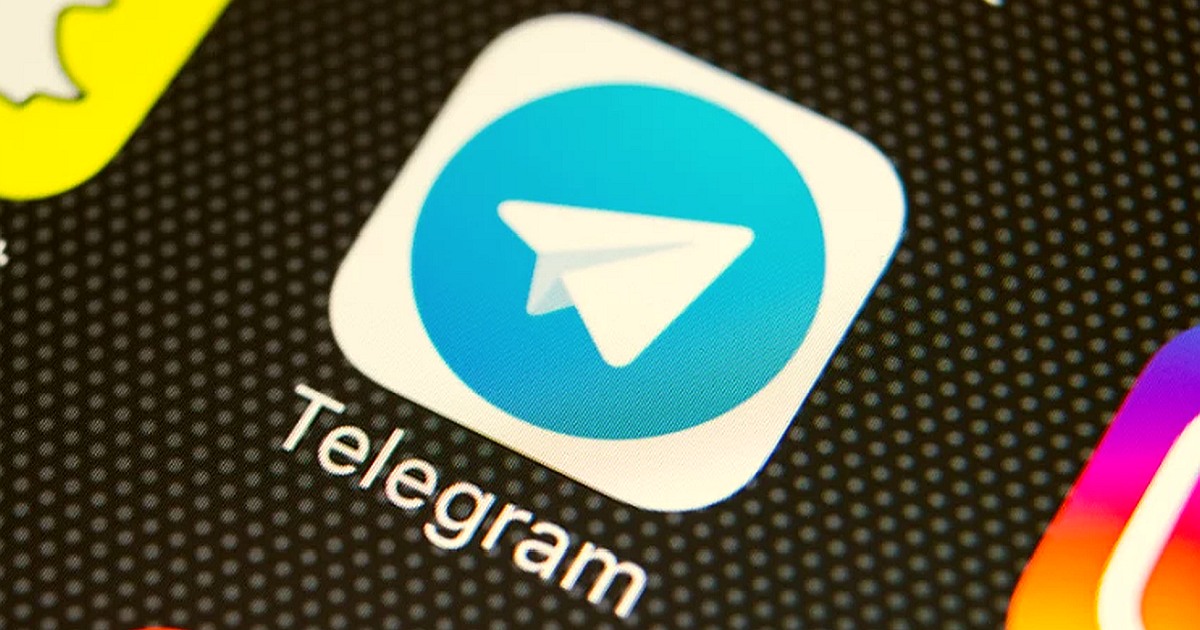

“Most applications will need a score to function, normally in the safe zone under 30 is good,” Internet 2.0 co-founder David Robinson told The Australian Financial Review. The higher the score, the greater the deemed risks and permissions, some of which may be unnecessary for the app’s operation. To come to a final score out of 100, it assigns 2.5 points per tracker or token found, 0.05 for a severity warning in code analysis results, 0.15 for a high severity warning in code analysis, 0.075 for a suspicious permission and 0.25 for a dangerous permission. Malcore scans files and programs to detect risks and malware.

Trackers can be legitimate, and can help developers understand how their apps are being used and resolve potential issues.įinding the tracker on Telegram was a surprise to the researchers, but 11 trackers were found in Rakuten’s voiceover IP (internet protocol) and messaging app Viber, which received the riskiest score. Static analysis tests and examines the code without running the app, while dynamic analysis tests and evaluates as the app is running.Ī tracker can be used in an app to monitor usage and engagement, for example in analytics or advertising.
#Who owns telegram messenger app android
Using its Malcore platform, Internet 2.0 scores apps based on code analysis of the app Android as well as the permissions it asks for on the phone. While researchers say their analysis raises questions about the safety of the app, Telegram contests the findings.Īustralian cybersecurity and intelligence firm Internet 2.0 ran static analysis of popular messaging apps Telegram, Signal, Whatsapp, Facebook Messenger, Viber and Threema Work.įacebook Messenger received the top score among messaging apps. Encrypted messaging app Telegram contains a Huawei tracker in its Android version, according to analysis by an Australian cybersecurity firm that has broken down the source code of popular mobile apps.


 0 kommentar(er)
0 kommentar(er)
